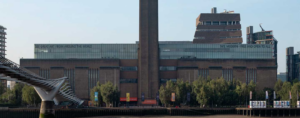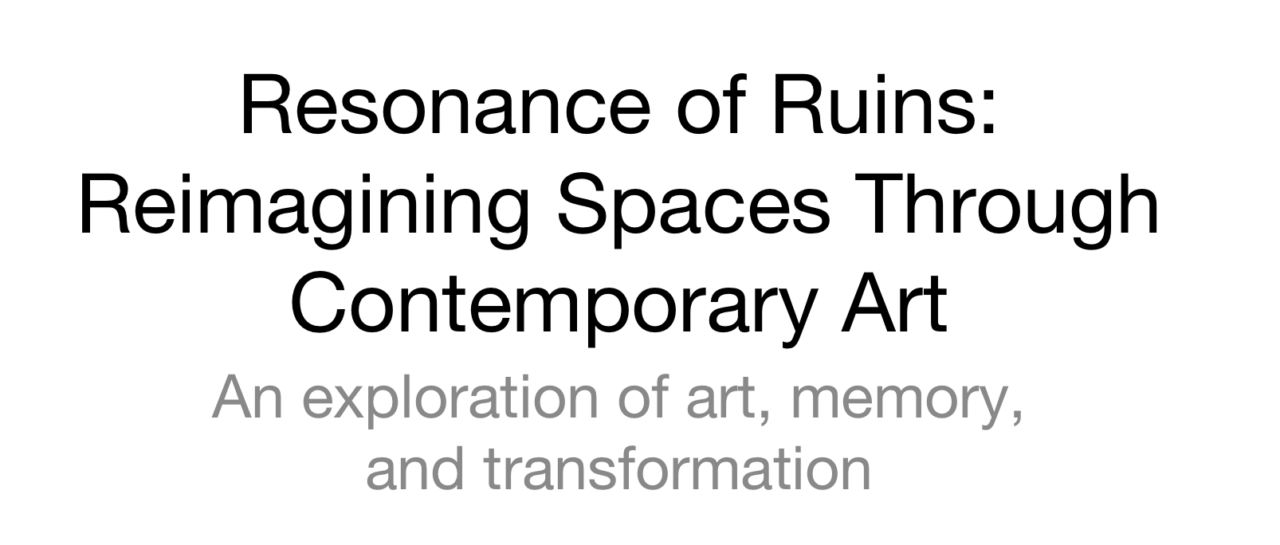Personal curating project proposal
Introduction:
Exploring the intersection of contemporary art with abandoned spaces, ‘Resonance of Ruins’ investigates how artists reinterpret and revitalize neglected areas, reflecting on themes of memory, decay, and regeneration.
Contact with ruins or abandoned spaces can lead to profound reflection and discovery. Travelling through ruins can evoke thoughts about history, memory and personal identity (Solnit, 2006). At the same time, ruins can evoke reflections on romantic beauty, historical depth, and presence (Dillon, 2014). These spaces offer alternative ways of experiencing, history and decay, facilitating a reassessment of what is considered valuable and meaningful in society (Edensor, 2005).
Independent Curatorial Project Research:
At the same time, I hope that my curatorial programme can have a strong connection with contemporary art, and I’ll use Tate Modern as an example.The article discusses how Tate Modern was transformed from the former Bankside Power Station into a museum of modern art, a case study that exemplifies how derelict industrial spaces can be creatively reused and transformed into art spaces.Also includes examples of creative centres in China(Cano and Juan, 2022).
 TATE MODERN
TATE MODERN
References:
Cano Sanchiz, J. M. (2022) Spaces and roles of contemporary art in industrial and technological ruins. Arte, individuo y sociedad. [Online] 34 (1), 85–107.
Dillon, B. (2014) Ruin lust : artists’ fascination with ruins, from Turner to the present day / Brian Dillon. London, England: Tate Publishing.
Edensor, T. (2005) Industrial ruins : spaces, aesthetics and materiality / Tim Edensor. Oxford: Berg.
Solnit, Rebecca. (2006) A field guide to getting lost / Rebecca Solnit. Edinburgh: Canongate.



Leave a Reply